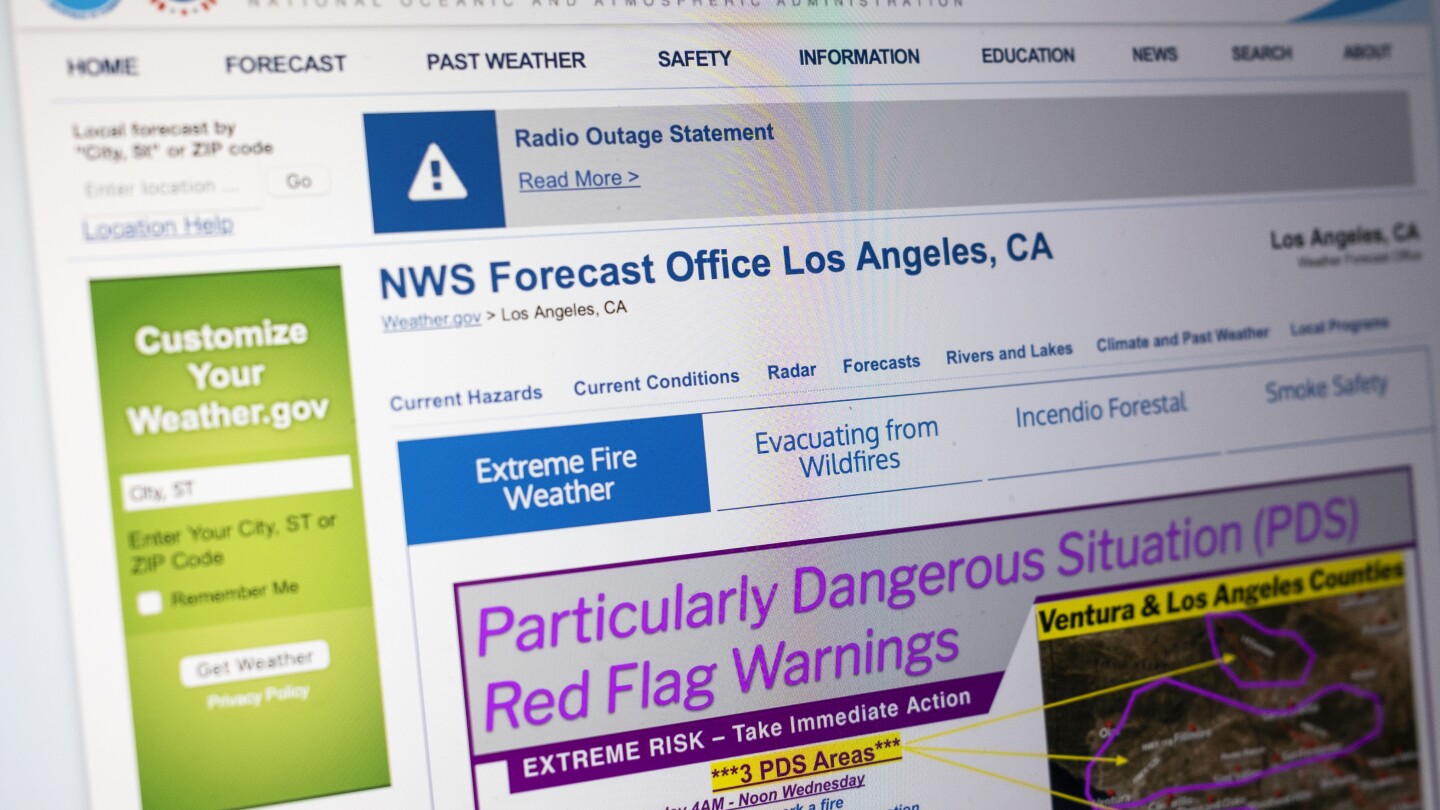The Power of PDS: Understanding Attention-Grabbing Alerts in Natural Disasters
As the frequency and intensity of natural disasters increase, the role of Public Disaster Signals (PDS) takes center stage in the conversation about emergency preparedness. These alerts are critical tools designed to inform and mobilize the public during crises such as tornadoes, hurricanes, and wildfires. This article delves into how PDS alerts are crafted to grab our attention, the psychology behind their effectiveness, and their impact on our response to imminent threats.
What Are PDS Alerts?
PDS alerts are notifications issued by governmental and meteorological agencies to warn the public about potentially dangerous natural events. They are tailored to convey urgency and provide essential information that can save lives and mitigate damage. These alerts typically include:
- Type of hazard (e.g., tornado, hurricane)
- Severity of the event
- Timeframe for potential impact
- Safety recommendations
By presenting information in a clear and concise manner, PDS alerts aim to cut through the noise and ensure that the public understands the gravity of the situation.
The Psychology of Attention-Grabbing Alerts
The design of PDS alerts utilizes principles from psychology to maximize their impact. Here’s how:
1. Urgency and Fear Appeals
Many PDS alerts leverage the psychology of urgency, employing language that evokes a sense of immediate action. Terms like “imminent danger” or “take shelter now” are common because they trigger a fight-or-flight response, pushing people to act quickly. While some critics argue that fear-based messaging can lead to panic, research shows that when done correctly, it can motivate individuals to prepare and respond appropriately.
2. Simplicity and Clarity
In emergency situations, clarity is essential. PDS alerts are designed to be straightforward, avoiding technical jargon that could confuse recipients. The use of simple language ensures that people of all ages and backgrounds can understand the message. This simplicity is crucial, especially in high-stress scenarios where individuals may be less able to process complex information.
How PDS Alerts Shape Our Response
Research indicates that the way information is presented significantly influences our decision-making processes during disasters. Here’s how PDS alerts shape our responses:
1. Prompting Preparedness
PDS alerts serve as catalysts for preparedness. When people receive a PDS alert, it often triggers a series of actions:
- Gathering emergency supplies
- Creating a communication plan with family and friends
- Evacuating if necessary
For instance, a 2021 study by the National Weather Service found that areas receiving timely PDS tornado warnings saw a significantly higher rate of individuals seeking shelter compared to regions that did not receive such alerts.
2. Influencing Risk Perception
PDS alerts can alter how individuals perceive risk. For example, a clear warning about an approaching hurricane may make individuals more aware of their vulnerability, prompting them to take preventive measures. This shift in risk perception can be crucial in reducing casualties and property damage.
3. Building Community Resilience
Effective PDS alerts can foster a sense of community. When people receive alerts, they often share this information with neighbors and friends, creating a collective response. This communal approach to disaster preparedness enhances overall resilience, as communities work together to ensure safety.
The Evolution of PDS Alerts
Historically, the methods used to disseminate disaster-related information have evolved significantly. Here’s a brief overview:
- Early Days: In the past, warnings were primarily communicated through radio broadcasts and sirens.
- Technological Advancements: The introduction of mobile technology has transformed how alerts are sent. Today, PDS alerts can be delivered via text messages, social media, and dedicated apps.
- Integration with AI: Emerging technologies, like artificial intelligence, are being utilized to analyze weather patterns and improve the accuracy of alerts.
These advancements have made PDS alerts more accessible and effective, reaching a broader audience than ever before.
Challenges and Criticisms of PDS Alerts
While PDS alerts are invaluable, they are not without challenges. Some critiques include:
1. Alert Fatigue
In an era of constant notifications, people can experience alert fatigue. When PDS alerts are issued frequently, individuals may begin to ignore them, assuming they are false alarms. This desensitization can lead to dangerous consequences, as people may not respond appropriately when a genuine threat arises.
2. Accessibility Issues
Not everyone has equal access to the technology needed to receive PDS alerts. Vulnerable populations, such as the elderly or those in low-income areas, may not have access to smartphones or reliable internet, resulting in a lack of critical information during emergencies.
Enhancing the Effectiveness of PDS Alerts
To improve the efficacy of PDS alerts, several strategies can be employed:
- Community Engagement: Educating communities about the importance of PDS alerts can foster better responses.
- Multi-Platform Approaches: Utilizing various channels for alert dissemination ensures that information reaches diverse populations.
- Feedback Mechanisms: Implementing systems for public feedback can help meteorological agencies refine their alert systems and messaging.
Conclusion
The power of PDS alerts lies in their ability to grab our attention and shape our responses during natural disasters. By leveraging psychological principles and clear communication, these alerts significantly enhance public preparedness and safety. As we navigate a world increasingly affected by climate change and extreme weather, the continuous improvement of PDS systems will be crucial in ensuring that communities are equipped to respond effectively when disaster strikes. By fostering awareness, resilience, and a collective approach to emergencies, we can harness the full potential of PDS alerts to protect lives and property.
See more Your Daily Weather



